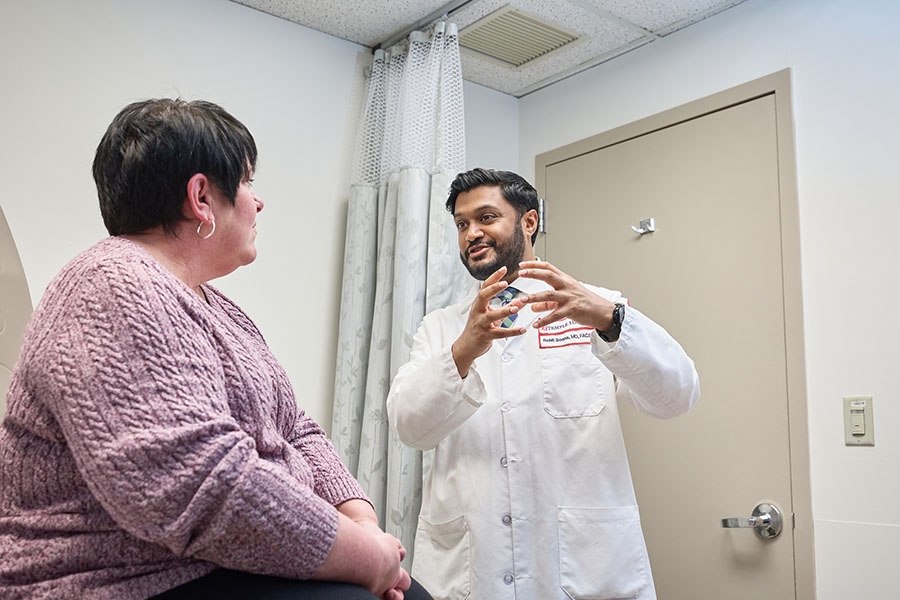Joint replacement surgery is a remarkable medical advancement. It allows people with worn-out joints to live without significant joint pain. Although common, these are big surgeries that require careful recovery to help ensure your new joint lasts as long as possible.
It’s natural to feel concerned about activity after joint replacement surgery. But now’s the time to keep your new joint flexible and functioning, and to keep your body moving. As you practice social distancing (also called physical distancing), it's even more important to keep moving. In order for your new joint to stay flexible and functioning, be sure to stay on track with your at-home exercises.
Here, I answer some common questions that patients ask me.
Jump to:
- How much activity should I do at home after joint replacement surgery?
- Why is it important to be active after joint replacement surgery?
- What's safe to do in the first few weeks after joint replacement surgery?
- What should I avoid doing in the weeks after joint replacement surgery?
- When can I resume my normal activities and go back to work?
How much activity should I do at home after joint replacement surgery?
While rest will help you recover, you should expect to move around after joint replacement surgery, not lie in bed all day.
The day after your surgery, while you’re still in the hospital, you’ll work with a physical therapy team to get up and move around. They’ll also show you exercises to do at home.
Your orthopaedic surgeon and physical therapist will provide clear instructions about how much activity to do each day and when it’s safe to add more.
Your surgeon may recommend that you participate in outpatient physical therapy after surgery. Exercises you’re assigned to do at home are in addition to your physical therapy. You should make progress in your activity level each week.
Why is it important to be active after joint replacement surgery?
Having some activity will help you regain strength and maintain muscle tone, function and flexibility in your new joint. Activity also may relieve some of the discomfort that occurs following surgery.
Of course, we want you to be safe in how you resume activity. Follow the instructions your surgeon and therapist provide.
What's safe to do in the first few weeks after joint replacement surgery?
Don’t sit for longer than 30 to 45 minutes at a time. Frequent, short walks indoors or outdoors will help keep you on the road to recovery.
You can climb stairs one step at a time. Hold onto a railing until you feel confident in your progress.
Be sure to complete the daily exercises assigned by your surgeon or physical therapist. Once your surgeon gives you the go-ahead to resume all normal activities — usually about 3 months after joint replacement surgery — you can gradually increase your walking distance and other activities.
What should I avoid doing in the weeks after joint replacement surgery?
Avoid lifting anything heavy or any objects that require you to squat or bend. Your doctor will let you know when it’s safe to lift heavy objects.
Avoid positions that put your new joint under extreme strain.
When can I resume my normal activities and go back to work?
Your new joint may give you a new lease on activity without pain, but it’s not indestructible. Your surgeon may tell you to avoid activities and sports that put extreme stress on your joint. Stay physically active for as long as you can for your overall health.
Most patients can resume their normal activities and return to work within 6 weeks after surgery.
Helpful Resources
Looking for more information?


